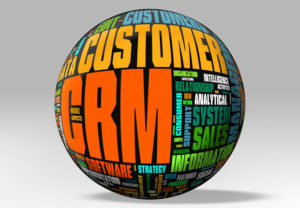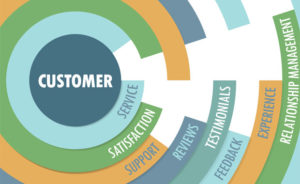Not long ago, I received an email from my health club. I’ve been member there for 13 years, and this was the first of its kind. It said, in part:”Dear Chris, We’ve noticed you haven’t been in as regularly in recent weeks. I understand there may be many reasons for not being able to make it in, but I just wanted to send a quick note to check if you’re happy with the service we’ve been providing. Let me know if I can be of any assistance and I hope to see you very soon!”While I appreciate that the health club is at least trying to stay in contact, this email managed to do several things wrong all at once — and they’re all avoidable.
Don’t Put the Recipient on the Spot
My reaction to this email was probably not what they thought it might be. I felt defensive. “Hey! I went last Friday!” I thought. “I’m planning on going tonight, already!”
Then I caught myself. I used to go to the club three times a week. Since having a child, it’s usually twice a week for two hours. Some weeks more, some weeks less. Still, I don’t have any need to explain my behavior to a health club that gladly takes my money regardless of how often I go.
It wasn’t the club’s intent to raise my defenses. In fact, it’s a smart thing for them to encourage people to continue a regular, ongoing relationship with the club and to make attendance a habit — because membership renewals then become a habit, too.
It’s all about the message — and the audience. I know they know how old I am, and I know they know my actual attendance patterns. When the club “notices” behavior of the doughy middle-ager and calls him on it — even in gentle terms — it can start the conversation off on the wrong note and negate any positive aspects of the message.
Don’t Make Personalization About the Data
Hey, wait a minute — I’m not doughy! I go to the gym pretty often, considering! However, this email was sent on Jan. 12. I suspect it was generated when my attendance dropped below a certain threshold, or was down a certain percentage of visits over the typical month.
“There may be many reasons for not being able to make it in,” indeed. December is anything but a typical month, and I didn’t get to the health club much the last two weeks of the year, thus triggering this email.
So, while it might appear personalized, it isn’t. It’s not about me — it’s about my data. It’s driven by attendance statistics compiled each time I use my badge to check in, but it has nothing to do with my greater life.
In the case of the month of December, the events of that greater life are easy to infer.
Don’t Give Grammar Short Shrift
The email itself uses the pronouns “we” and “I” almost interchangeably. The signature is from the general manager — so the copy ought to read like it’s from her.
I am fairly certain she is not the queen of any known nation, so the royal “we” is inappropriate.
Don’t Be Stingy With Added Value
A check-in is nice, but without some additional information, it seems like just a nudge to guilt the reader to come back in to the club. To be fair, the end of the copy includes links to an article on fitting exercise into a busy schedule and to the class schedule. However, other information would have made the email much more useful.
For example, over the holiday break, the club swapped some new weight training equipment with some older machines. In fact, the next time I went in, I had to hunt around find the equipment for my regular routine. A little update would have been nice: “The next time you’re in the fitness area, you’ll notice some things have changed…” Or, even better: “We’ll have a trainer on duty specifically to make sure you learn your way around the new gear!”
Connecting with customers in a subscription business is vital to survival. However, the best approach is to do it in a way that makes the customer feel good about the relationship, that provides a reason for the customer to engage with the message, and that reflects positively on the business.
The goal of email communications should be to strengthen the bond. Don’t give the customer any reasons to think about switching to a competitor.























































Social CRM
See all Social CRM